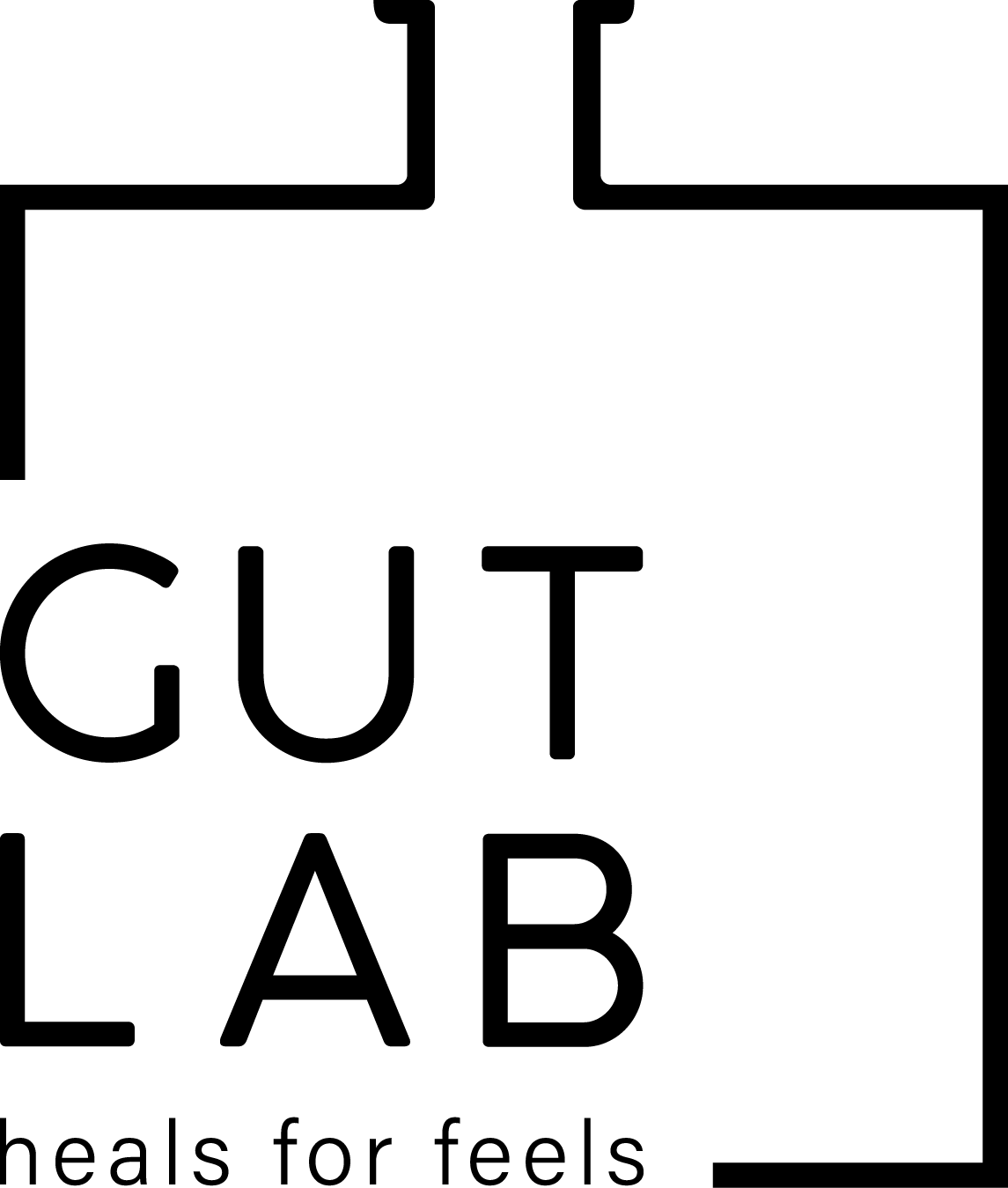Rice - is it really gluten free?
92% of people who are on traditional gluten free diets continue to have health problems. Sometimes they can feel better for periods of time, but it’s not consistent and biopsies often show persistent atrophy. Even after 5 years of being ‘gluten free’ this is common.
Why??
There are a few reasons.
1. People attempt to replace regular glutinous foods with the closest thing possible, and often these are equally as junkie or damaging. Processed and packaged supermarket foods labelled ‘gluten free’ should not be taken at face value. A quick scan of the ingredients will usually tell you that there are way too many ingredients, period, and that several of them are no good. Most packaged ‘gluten free’ foods will perpetuate illness, and are not supportive of gut healing at all.
2. Once someone needs to go on a gluten free diet, they already have a damaged gut and are not absorbing nutrients properly. This means that they are in varying degrees of malnutrition, and undertaking a gluten free diet incorrectly will further promote gut damage and delay healing.
3. RICE. Rice contains a protein called ORZANIN. The protein called GLIADIN which is found in ‘standard’ gluten products is the protein being referred to in products labelled as gluten free. So really, ‘gluten free’ just means ‘gliadin free’. The problem with this is that there are actually hundreds of proteins similar to gliadin, such as rice’s ORZANIN, which behaves in the gut virtually the same way as gliadin. This makes rice unsuitable for someone on a TRUE gluten free diet.
Many ‘gluten free’ products contain rice or rice-based products. BABY FOODS commonly have rice in them which can cause inflammation in a babies gut, and if not addressed early, can lead to health problems, food sensitivities and allergies, behaviour and cognitive problems, and unnecessary pain for the growing child.
What are some true gluten free rice substitutes?
1. My favourite rice substitute is cauliflower rice. It’s easy, delicious, and can be jazzed up with various herbs and spices, nuts, or raisins. It’s versatile and full of valuable nutrition, unlike rice which is void of good nutrition.
2. Another favourite is KONJAC, which is a type of seaweed and has very low caloric value so is helpful in weight-loss or blood sugar management. You can find konjac in the health food section of most supermarkets.
3. If you can get your head out of the programming that we need fluffy white stuff under our meals, then give broccoli rice a go. It’s prepared the same way as cauliflower rice and adds green veggie goodness to any meal.
4. True wild black rice does not contain orzanin and therefore is a genuine gluten free food. I would suggest if you are trying to heal your gut, use wild rice infrequently as you can achieve much greater gut healing by using a more nutrient dense rice replacement such as cauliflower rice, or just leaving rice out of the meal all together.
5. Realising that in spite of our programming and even traditional food cultures, it is not essential to include rice with many meals you normally would. A curry in a bowl on its own or over steamed veggies is just as satisfying. A stir fry with veggies and meat is excellent on it’s own.
A TRUE gluten free diet does not include rice, corn, or soy. If you are on a gluten free diet but still experiencing joint pain, muscle pain, brain fog, gastrointestinal issues, blood in your stool, fevers, irregular bowel movements, cognitive problems or fever, then a nutritional assessment of your diet is essential. All the glutinous proteins that damage our intestinal tissue take time to clear from your system. A crumb of bread can take 2 months to eliminate! This is why it is so important to get your gluten free diet right, so that the good work you are doing is not ruined by innocent mistakes. You can learn more about gluten in my video HERE.
Please contact Sarah for a consult enquiry about getting your gluten free diet right.
Sarah x



